Apologetics 101 - Part 2: The Consciousness Double Standard: Why the "Brain Dead" Analogy Fails
One of the most over-used arguments for abortion today centers around consciousness—popularized by figures like YouTuber Destiny and others in the pro-abortion space.
The claim goes like this:
"We don’t consider permanently unconscious people (like those who are brain dead) to be alive. Therefore, preborn humans who aren’t yet conscious don’t deserve recognition or protection either."
At first glance, this might sound logical. But under closer scrutiny, this argument falls apart.
What Is Consciousness, Anyway?
Even neuroscientists and philosophers can’t fully agree on a single definition of consciousness. But the most common definitions include:
Self-awareness
Response to stimuli
Sensory awareness
The capacity to feel pain
The ability to build memories and express emotions
Having the physical structures necessary for those functions
Even just the capacity for consciousness, whether it’s currently expressed or not
For decades, it was assumed that true “conscious experience” required a functioning cortex—something not integrated in the fetus until around 24 weeks. But newer research is beginning to challenge that assumption.
What the Science Says: Pain and Consciousness Before 24 Weeks
A 2022 NIH review titled Fetal Pain in the First Trimester sheds light on this debate:
Thalamus development begins at 7–8 weeks, with spinal cord fibers reaching the thalamus—establishing the foundation for pain processing.
By 12 weeks, thalamic projections begin reaching the cortical subplate, a precursor to advanced brain development.
The review emphasizes that the cortex may not be necessary for pain experience—subcortical structures like the thalamus and brainstem could be sufficient.
In other words, pain perception—and potentially consciousness—is possible much earlier than previously thought.
How We Treat Animals vs. How We Treat Fetuses
Here’s where the hypocrisy becomes clear.
For Animals:
The Cambridge Declaration on Consciousness (2012) affirms that many non-human animals—like mammals, birds, and even octopuses—are conscious beings despite lacking a neocortex.
This has led to:
Laws against animal cruelty
Ethical rules for animal testing and slaughter
Acknowledgment that advanced brain structures aren’t needed for moral consideration
For Preborn Humans:
In abortion debates, the opposite standard is applied:
We raise the bar—demanding fully formed cortical structures before recognizing fetal worth.
We ignore clear signs of brain activity, pain perception, or development before 24 weeks.
We dismiss the preborn’s humanity simply because consciousness isn’t fully expressed yet.
A Core Contradiction
If minimal neural development is enough to protect a pig, why isn’t it enough to protect a human fetus?
We lower the threshold for animal rights—but raise it for unborn humans.
This is not science—it’s ideology.
Back to the Brain Dead Analogy: Does It Hold Up?
Let’s revisit the analogy that compares preborn humans to brain dead patients.
For any analogy to be valid, the two things compared must be meaningfully similar. But here’s the problem:
What Is Brain Death?
Brain death is not just “unconsciousness.” It’s the complete and irreversible loss of all brain function, including the brainstem. This leads to:
Legal and medical death
Inability to breathe without machines
Zero chance of recovery
Ongoing bodily disintegration
The body is shutting down. The person is dead in every medical and legal sense.
Now Compare That to a Preborn Child
A fetus—even before achieving full consciousness—is:
Alive
Integrated
Self-developing
Moving toward greater neurological function, not away from it
Far from disintegrating, the fetus is in a state of rapid growth—developing the very faculties that make consciousness possible.
The Spectrum of Consciousness
We often treat consciousness as binary: You either have it or you don’t. But in reality, it exists on a spectrum:
It fluctuates in sleep
It is impaired in coma, dementia, or under anesthesia
It is undeveloped in newborns and early fetuses
If we decide human worth depends on consciousness, we create a moving target—a standard no one consistently meets.
Why This Matters
The “consciousness standard” is dangerously inconsistent:
We protect animals with minimal signs of consciousness.
We fight for patients with fading consciousness.
We mourn loved ones with Alzheimer’s.
But we deny protection to preborn children, even as their consciousness is beginning to emerge.
That’s not science. That’s selective morality.
Conclusion: A Broken Standard
In defending animal rights, we accept minimal signs of consciousness.
In defending abortion, we demand maximum proof.
This is a philosophical double standard, not a logical one.
If the capacity for consciousness is enough to protect a pig, then it should be enough to protect a preborn child.
Until we treat all human beings with equal value—regardless of their stage of consciousness—we will continue to live by a biased and broken moral code.

